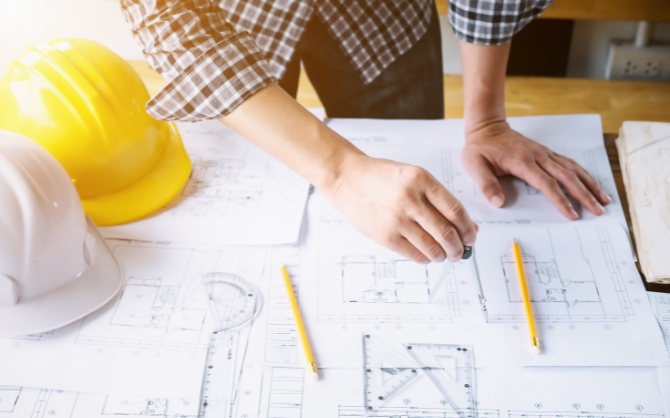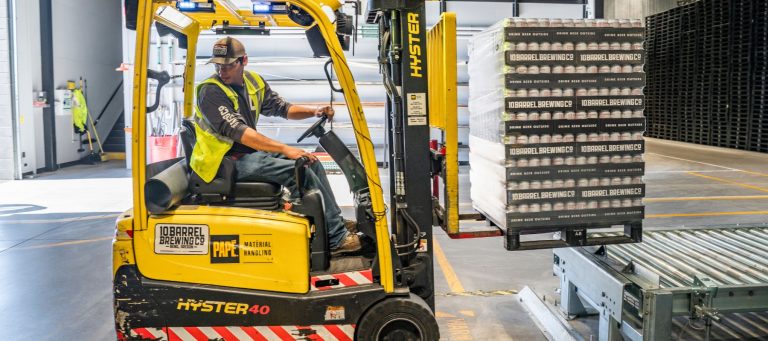Planning on building new business premises or adding an extension to your current workplace? Don’t forget your health and safety obligations to ensure a Safe Construction Environment.
Whether it’s a new office fit-out or creating extra space with an extension, if you are the person conducting a business or undertaking (PCBU), you are responsible for managing the risks to health and safety in all stages of the build. Yes, this means from project conception, design and construction, right up to decommissioning and demolition of the site.
It’s easier, and can be more cost effective, to carefully consider the health and safety risks during the planning and design phase. Otherwise, you may have to make changes later in the project when a risk becomes evident, possibly through an incident or injury.
Contractors who are engaged to complete the construction work will also need to consider risks to health and safety for the life of the project, and not just during the construction and commissioning phases.
When commissioning the construction of a commercial building, it’s also a requirement of Workplace Health and Safety (WHS) Regulations to work with the designer to identify potential health and safety risks. The objective is to identify risks that relate to the design which may occur during construction, and then seek to eliminate or minimise them.
The designer should also be made aware of any information relating to the site of the proposed commercial building that may create health and safety risks. If the design requires any modifications, the designer should complete these changes. If you decide to make these modifications yourself, then you become responsible for the design duties by law.
When to engage a principal contractor
The cost of an extension or new build also determines your workplace health and safety duties. For example, there is a requirement to appoint a principal contractor for a construction project that costs $250,000 or more. This kind of construction work is deemed as high risk.
If you don’t appoint a principal contractor then you are responsible for the specific duties that a principal contractor must undertake. This means you must:
- display signs visible to outsiders that highlight your name, 24-hour phone numbers and location of the site office.
- prepare a work health and safety management plan before work commences, which includes:
- the names, positions, and specific responsibilities of those with health and safety responsibilities
- the arrangements for consultation, cooperation, and coordination of activities that you have with others who have work health and safety responsibilities at the site the arrangements in place should a health and safety incident arise
- site-specific health and safety rules
- the arrangements to ensure that everyone at the workplace is informed of those rules
- the arrangements for the collection, assessment, monitoring and review of safe work method statements (SWMSs).
It pays to ask
There are likely to be significant benefits, in terms of avoiding a workplace injury, or having to spend large amounts of money to implement new controls or modify a design, if you ask the designers and builders the right questions very early on in the process. It’s also beneficial to have robust contractor management processes in place, such as contractor selection, evaluation, onboarding, management and evaluation.
So, if you are planning to extend or build a new commercial facility, careful consideration needs to be given to the legislative health and safety impacts of these works very early on to avoid costly re-work and, crucially, accident or injury.
For more advice and support on how to meet your legislative requirements and your specific workplace health and safety objectives, you can Contact Us.






